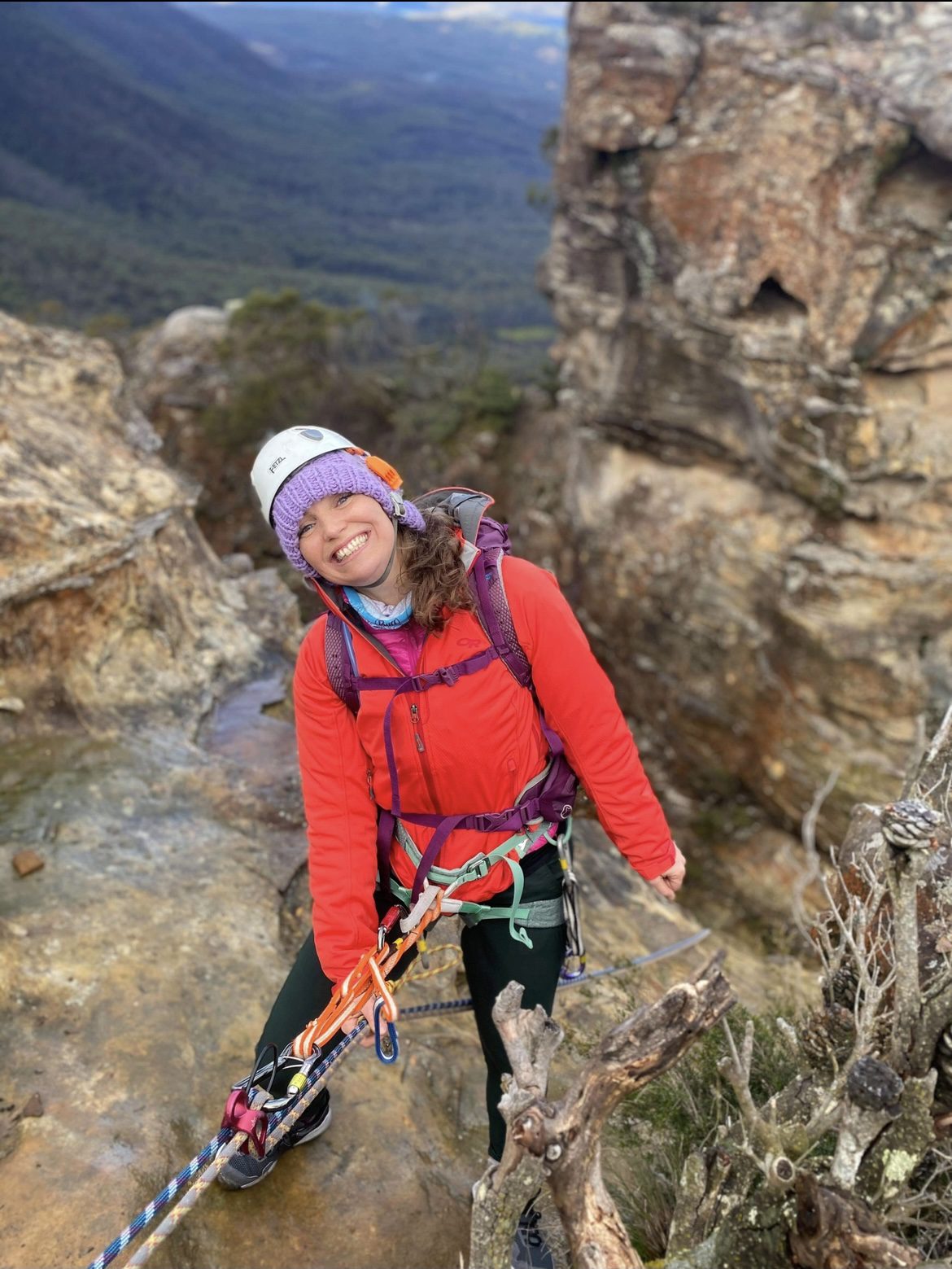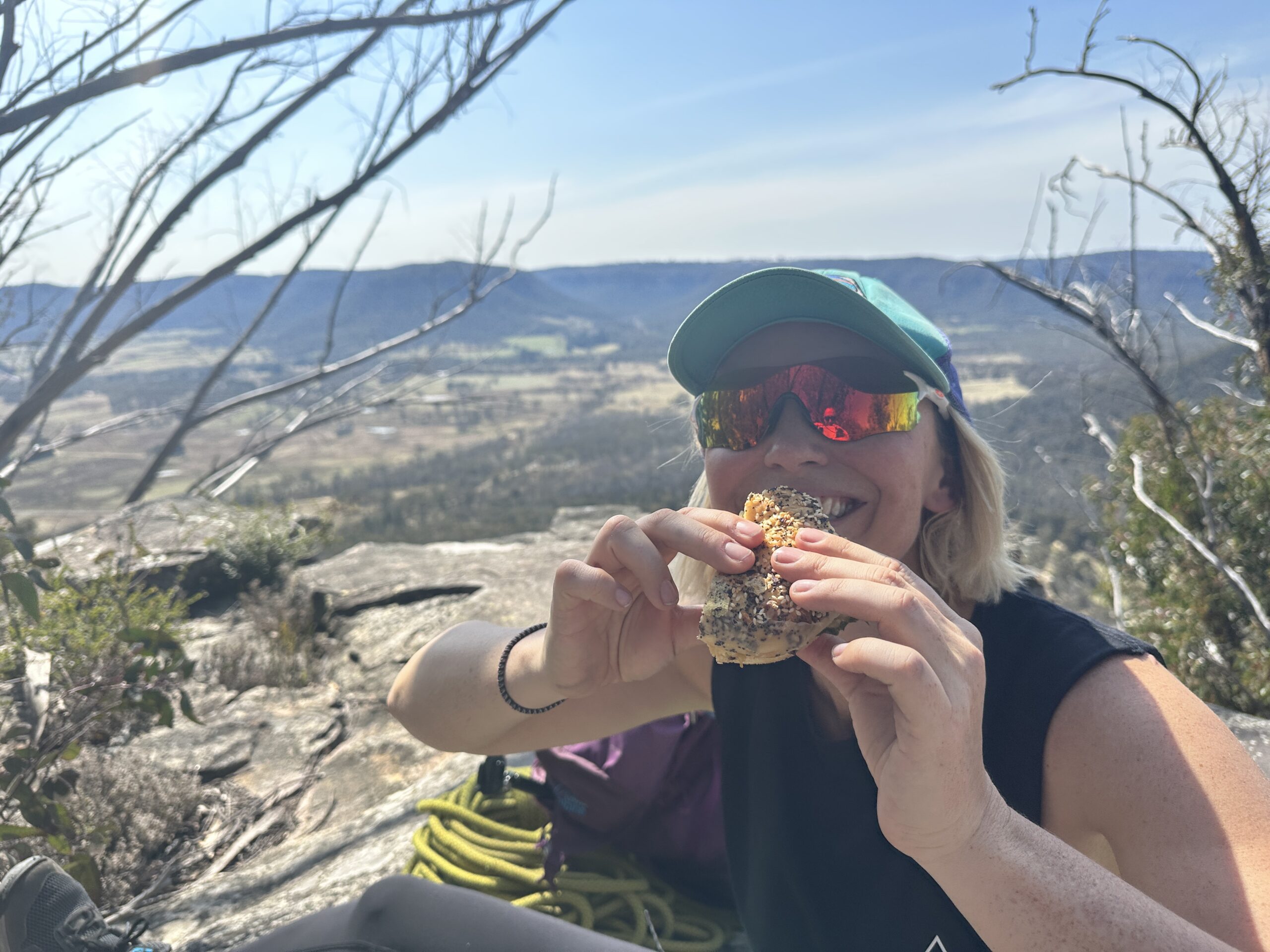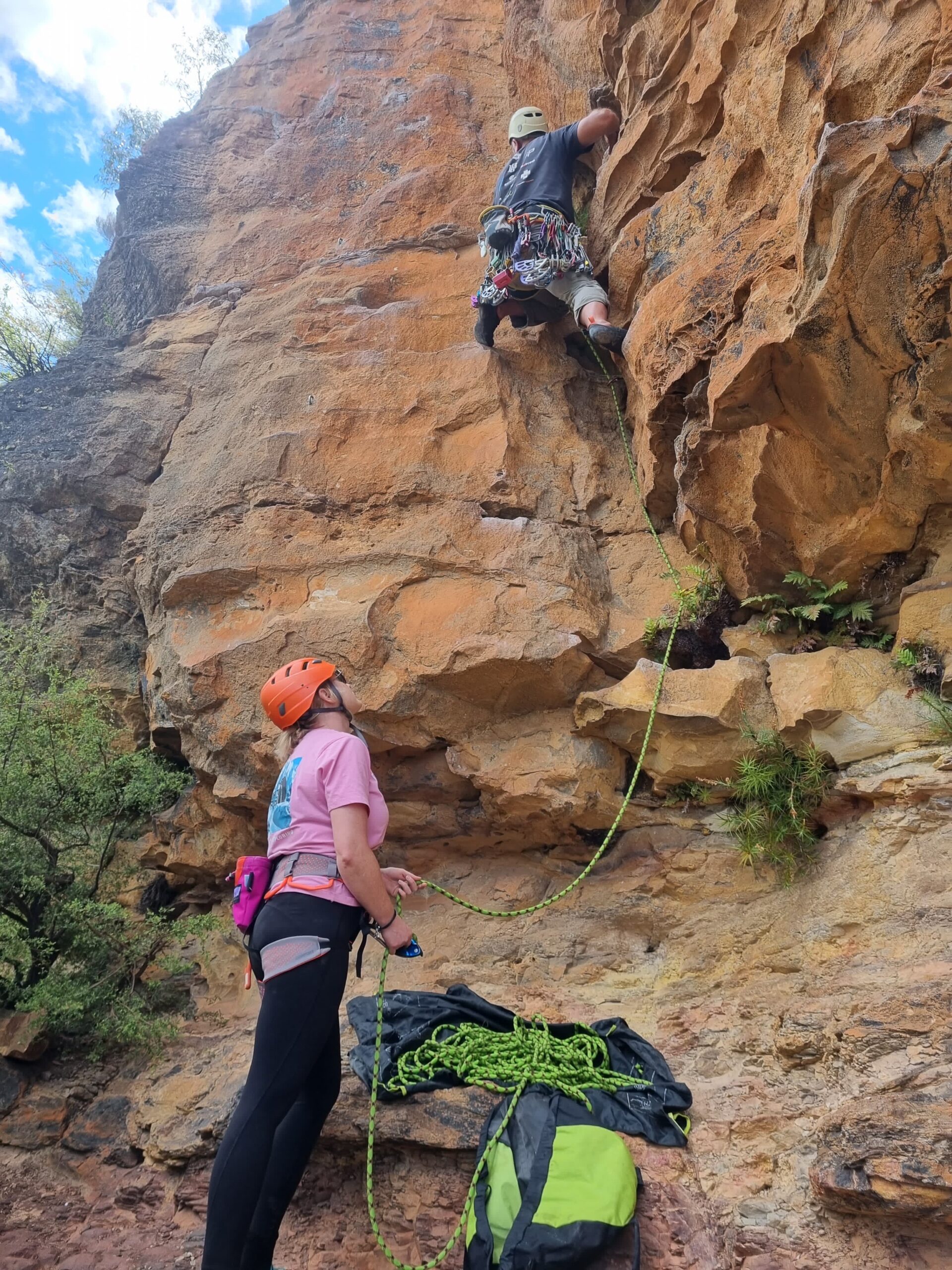
Outdoor climbing is a whole new beast, with epic views, fresh air, and a vibe you just can’t get inside. But it’s a big step that comes with new skills, gear, and a whole lot of planning.
Our friends from the Australian School of Mountaineering (ASM) have helped us put together a guide to get you stoked and ready for your first outdoor adventure.
Let’s break it down....
This is where the magic happens. You’re not just climbing—you’re exploring nature, navigating wild terrain, and soaking in epic landscapes. That said, it’s a bit more involved than rocking up to the gym. You’ll need to think about navigation, weather, gear, and respecting the environment.
It can feel like a lot, so here’s the golden rule: start simple. Team up with an experienced climber, pick an easy-to-access crag, and keep your ego in check. Overestimating your skills can lead to sketchy situations, so stay humble and have fun.
Not all crags are created equal, especially for your first outdoor climb. You want a spot that’s beginner-friendly, well-maintained, and easy to get to. Australia’s got heaps of options, from suburban crags to remote national park gems.
Here’s what to look for:
Australia’s climate is as diverse as its crags, so timing your climb is key. Spring and autumn are prime seasons for most spots—mild temps and less extreme weather make for happy climbing. Summer can be a scorcher, especially on sun-exposed cliffs, while winter might leave you shivering or even dodging snow in places like Tasmania.
Weather tip: Download a weather app like the Bureau of Meteorology (BOM) and check it a week out, then again on the morning of your trip.

To make sure you get home safe , plan your day backwards. This is a game changer (thanks ASM) - and I’ll be using this method to plan hike days too.
Start with your desired return time and work out the steps to get there.
Why plan backwards? It helps you budget time for hiking, climbing, and unexpected delays, ensuring you’re not stuck navigating in the dark (or worse, still on the wall).
Example Backwards timeline - a day with about 6 hours of climbing.
| Time: | Activity |
| 8.00pm | Arrive home safely |
| 6.00pm | Return to carpark, drive home carefully (stop at maccas) |
| 5.00pm | Leave crag and walk back to car |
| 4.30pm | Pack up |
| 4.00pm | Last climbs |
| 1.00pm | Lunch |
| 9.45am | Arrive at the crag, set up equipment |
| 9.15am | Start walking to the crag |
| 9.10am | Apply sunscreen and clothing appropriate to the conditions. |
| 9.00am | Arrive at carpark |
| 7.00am | Drive from home to the crag - coffee and pastry on the way |
| Night before | Pack your gear, lunch and toilet paper, and fill your water bottle. |
| Days before | Research the crag and check for changing weather. |
Outdoor climbing means you’re on your own - here’s your essential packing list, tailored for a day at the crag:
Must-Have Gear
Climbing Essentials
This list is a good starting point, and if you're climbing with some more experienced people, they're likely to have additional items.
Nice-to-Haves
Some of the required gear will be a little different - check out this Beginners Guide to Outdoor Bouldering video to make sure you're across it.
Climbing burns serious energy, so pack enough food and water to keep you going. Here’s the deal:
Pro tip: Sip water regularly to stay hydrated. Dehydration sneaks up fast and tanks your performance.

Outdoor climbing means battling sun, wind, rocks, and maybe even a sneaky snake. Your gym leggings might not cut it. Here’s how to dress smart:
Why it matters: Fitted clothing prevents snags in gear, and sturdy shoes save your ankles on rough terrain. Plus, you’ll want protection from sunburn and scratches.
Accidents happen, and outdoor climbing isn’t the gym—help could be hours away. Here’s how to stay safe:
Climbing lets you explore some of Australia’s most epic spots, but it’s on us to keep them pristine. Here’s how to be a good steward:
Community vibes: Join a crag clean-up or trail maintenance day to give back. It’s a great way to connect with other climbers and keep access open. Check out Crag Care here.
Guidebooks are your bible for outdoor climbing. They’ve got everything from crag access to route grades and local history. Modern ones are packed with photos and detailed maps, but even basic ones get the job done. If you’d rather go digital, apps or PDF guides are handy—just make sure your phone’s charged and maps are downloaded.
Why guidebooks rock:
Digital tip: Check mobile reception at the crag beforehand. A dead battery or no signal can leave you stranded without a guide.
Australia’s climbing grades use the Ewbank system, pioneered by John Ewbank in the 1960s. It’s a numerical scale with no upper limit, factoring in technical difficulty, safety, and commitment. For example, a grade 16 might be easy for some but feel tougher if it’s “reachy” or has worn holds.
Key points:
Beginner tip: Start with single-pitch routes (10–30m) graded 14–18 for a fun, manageable day. Check star ratings for quality climbs.

Outdoor climbing is a game-changer, but it’s not just about sending routes. It’s about planning smart, respecting nature, and climbing within your limits. Team up with an experienced buddy, pack the right gear, and check the weather and access rules. With a bit of prep, you’ll be ready to crush it at the crag and come home with stories to tell.
If you’d like to spend a day with an experienced guide, we often team up with the Australian School of Mountaineering for our outdoor adventures. You can sign up for a beginner day in the Blue Mountains, try a canyon in Summer or even an alpine climbing course in Winter.
Check out all their courses here
The ASM also run indoor Learn to Lead and Anchors courses here at Climb Fit in Sydney.